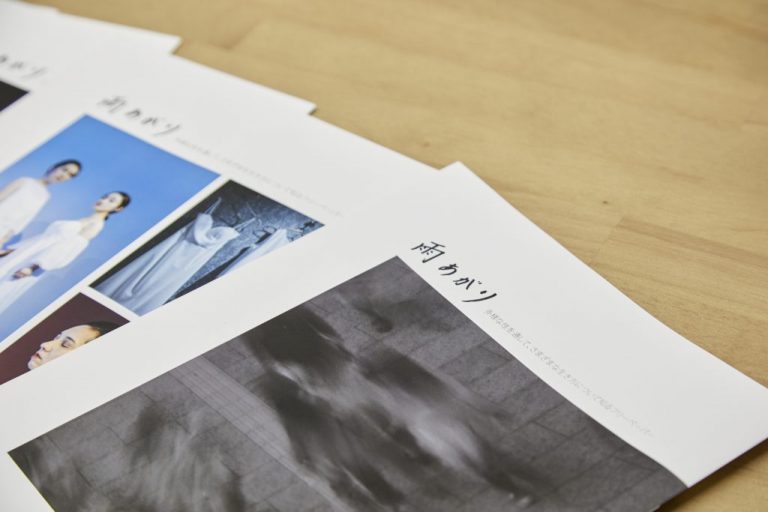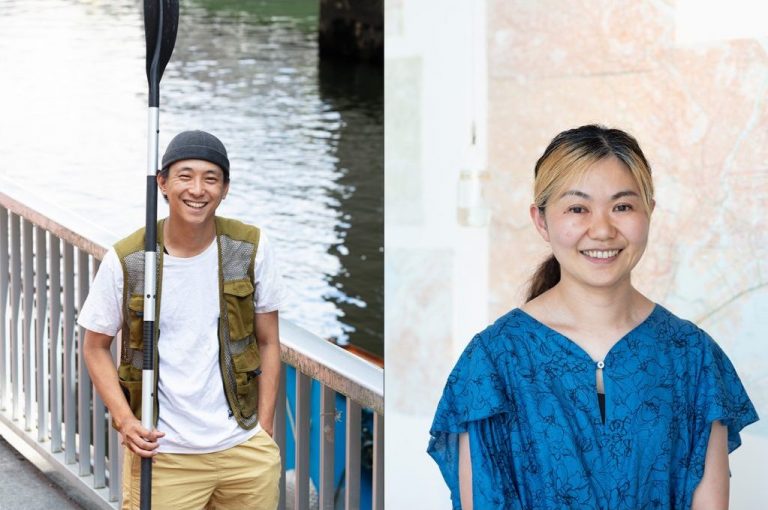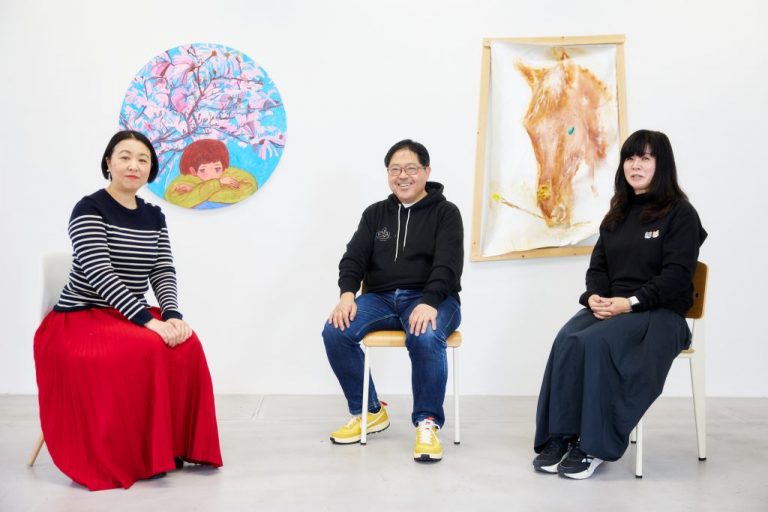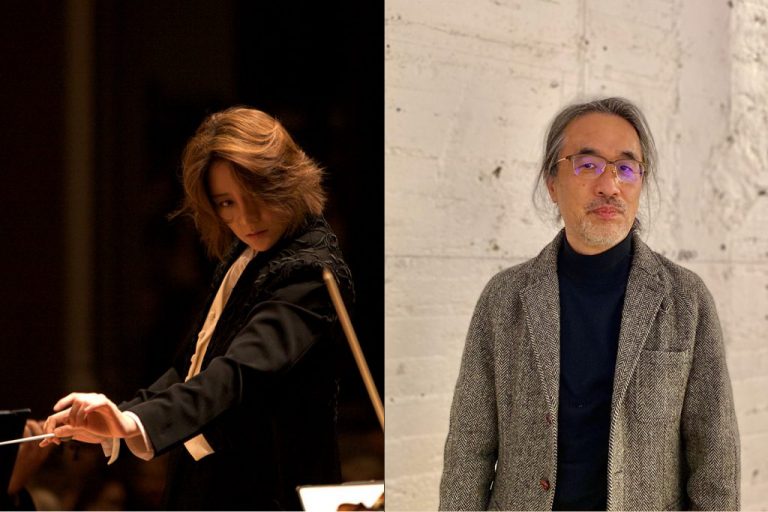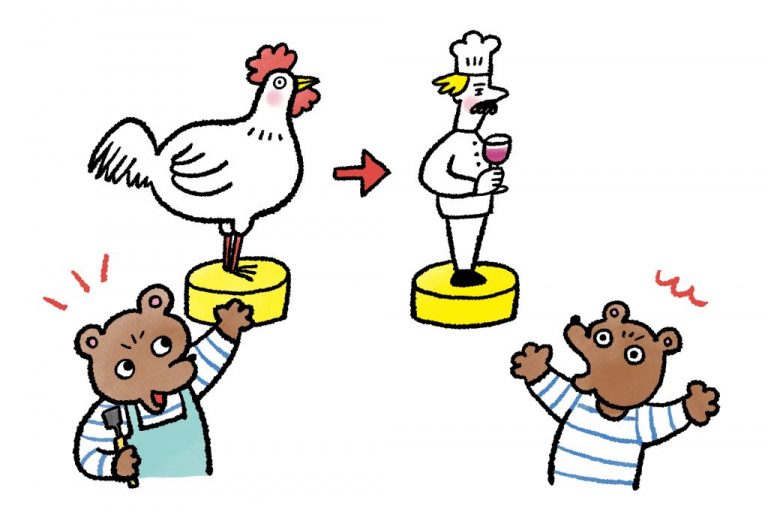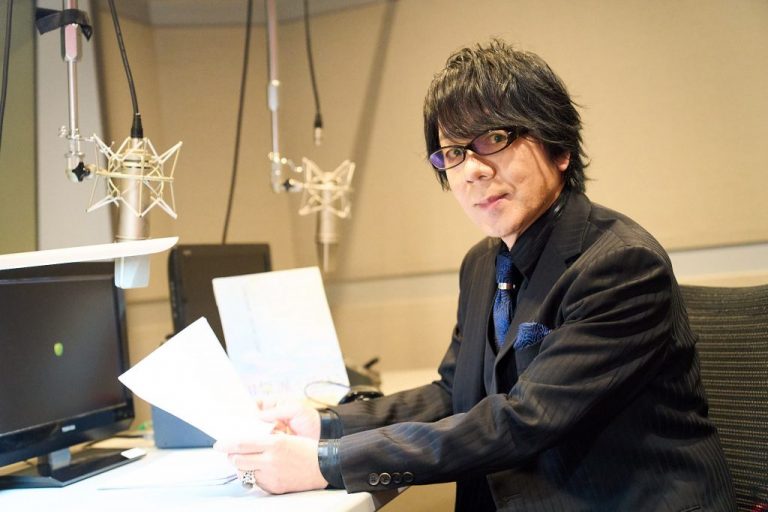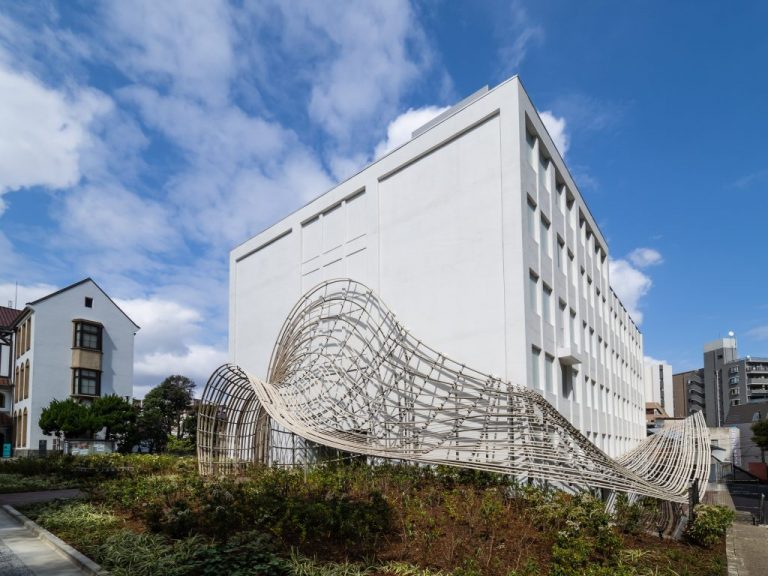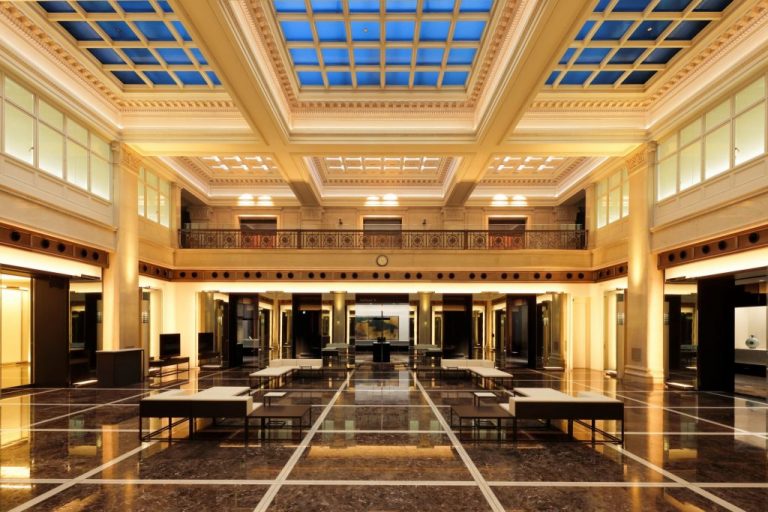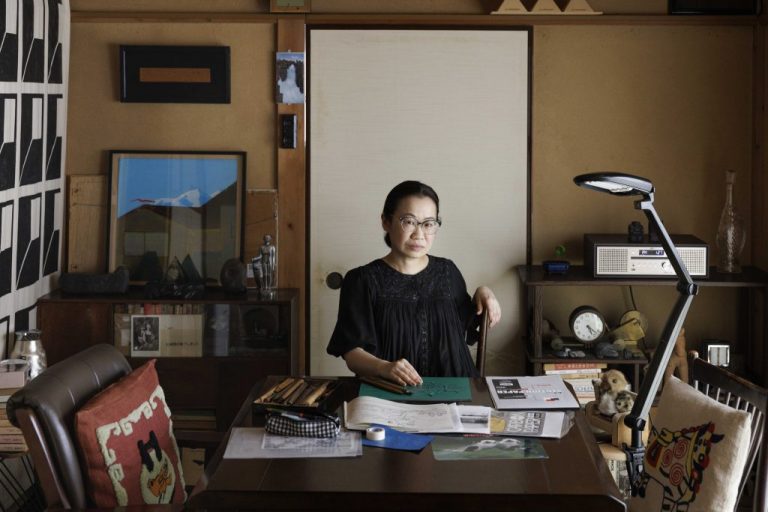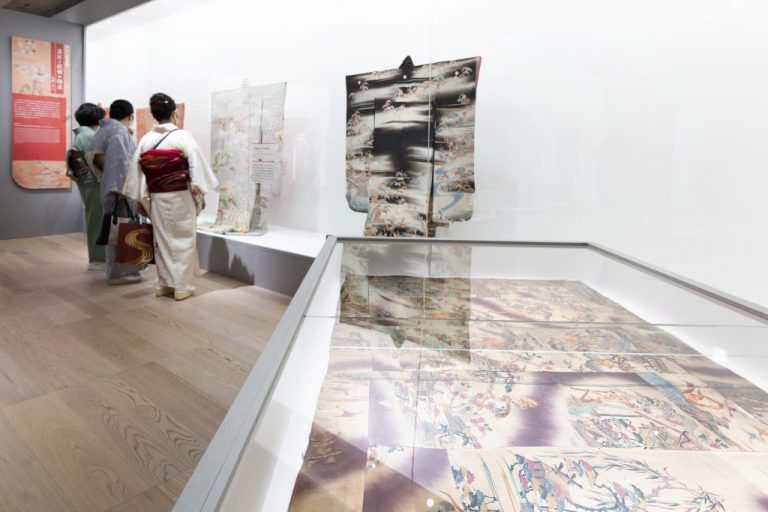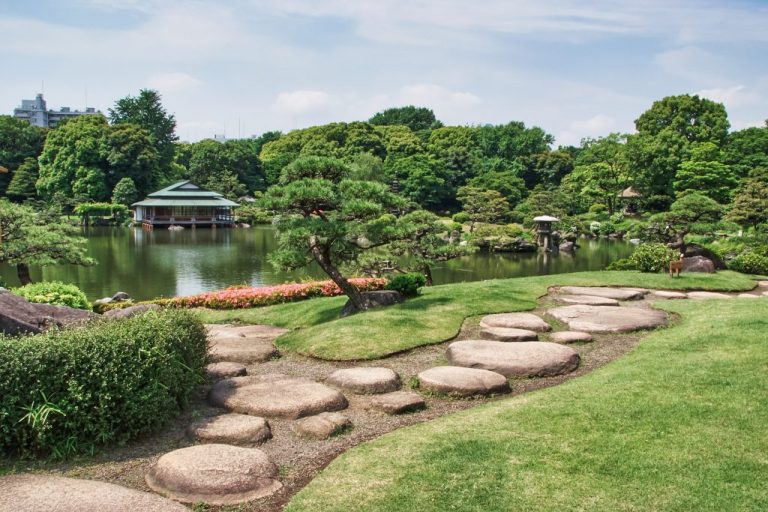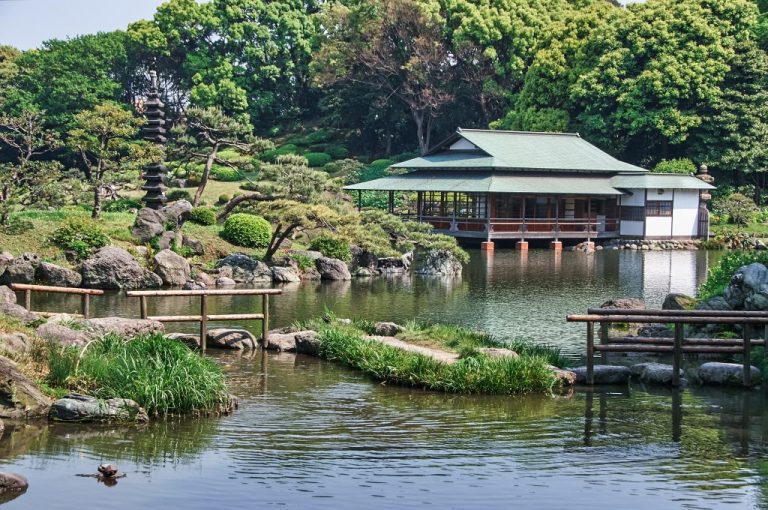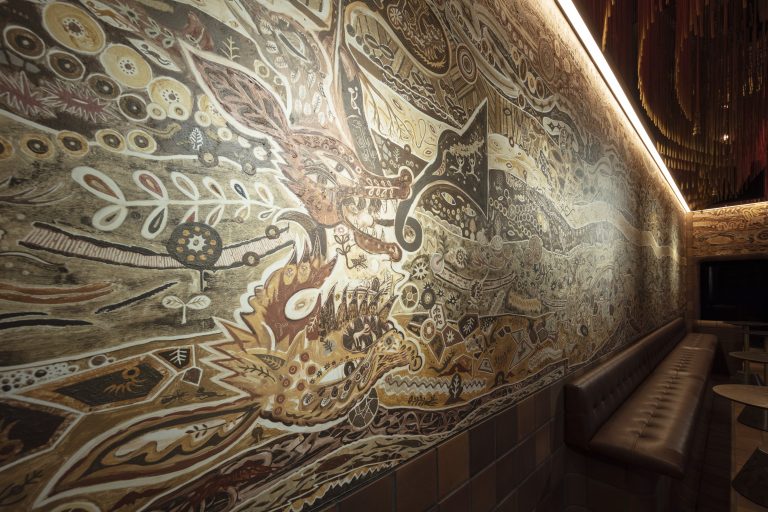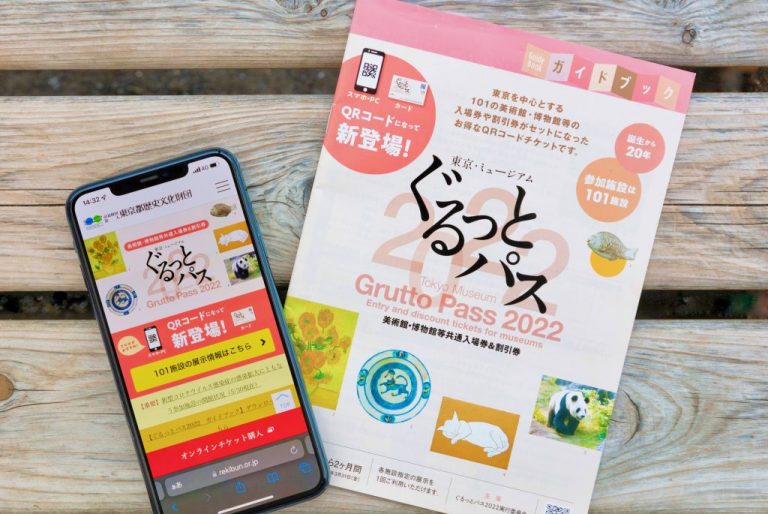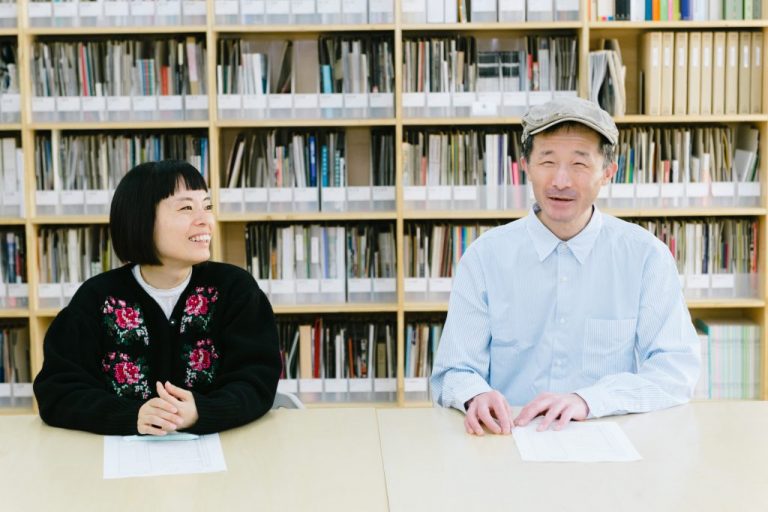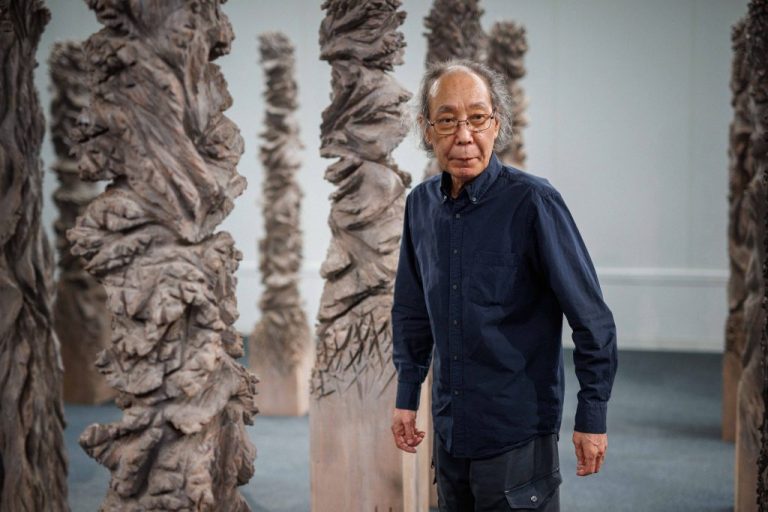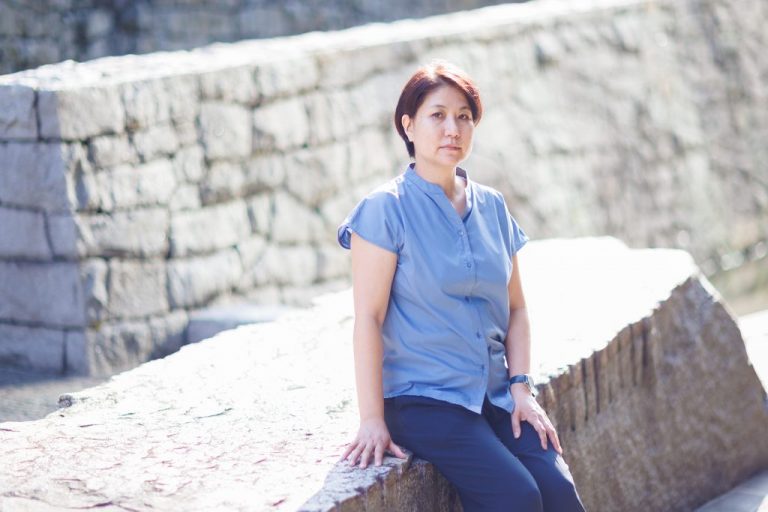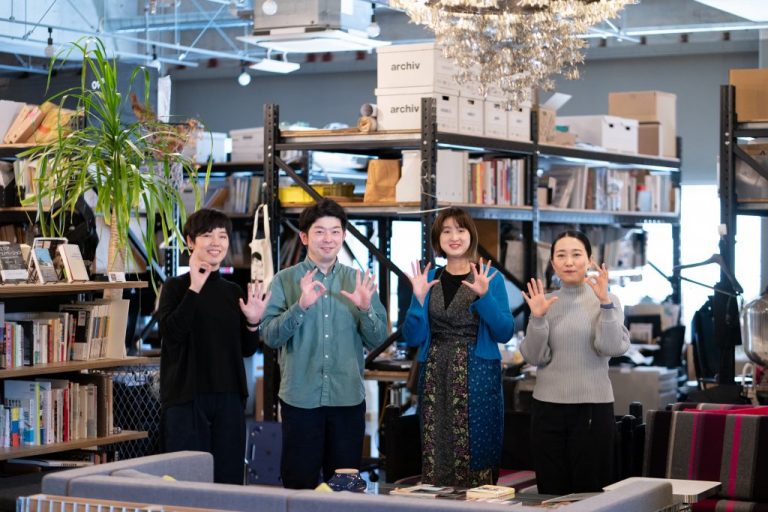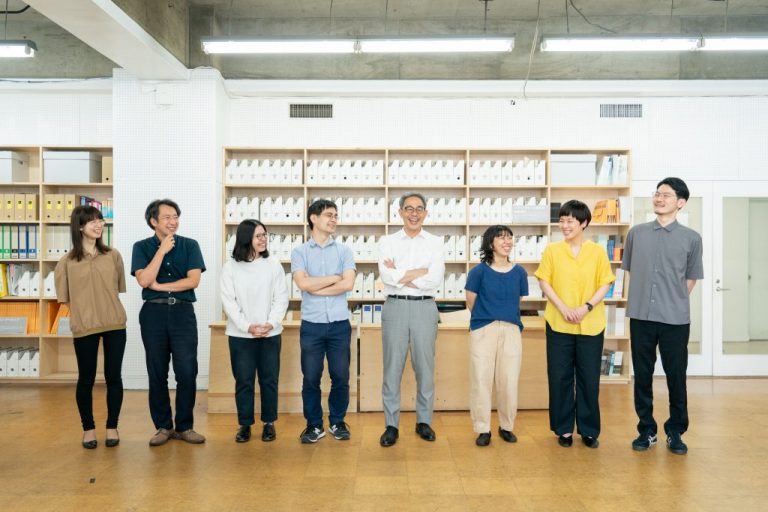Display search results
SEARCH
-
Ameagari: Interviewing with Yukari

Continuing our series exploring the world of free papers, following “CHANGE” and “PASSION”, the third theme is “DIVERSITY”. This time, we spoke with Ms. Yukari, who launched Ameagari in 2018. Described as a “free magazine where one can learn about various ways of life through diverse genders” it has been published twice a year since its inception. Each issue features meticulous interviews aligned with themes such as “Dreams,” “Marriage,” “Transparency,” and “Confession.”
https://tokyoartnavi.jp/en/column/35621/ -
Preparing to take flight from Tokyo to the world. Artist-in-residence at TOKAS

“Tokyo Arts and Space Residency (TOKAS Residency) ” provides opportunities for local artists to engage in exchanges with creators from around the world. In addition to interacting with fellow artists during their stay, participants are expected to give presentations in English and have exhibitions at Tokyo Arts and Space Hongo (TOKAS Hongo). This continuous support for local artists is a key aspect of TOKAS Residency’s many creator-in-residence programs. In this installment, we will share the experiences of Kohei Maeda and Mieko Matsumoto who took part in the Local Creator Residency Program.
https://tokyoartnavi.jp/en/column/36887/ -
Special Story: “Art Fairs in Japan and World: How Are They Different and How Do We Enjoy Them?” Tomio Koyama + Yuko Yamamoto + Misako Rosen

In this special edition of the article series introducing up-and-coming gallerists, Tomio Koyama of Tomio Koyama Gallery, Yuko Yamamoto of ANOMALY, and Misako Rosen of MISAKO & ROSEN discuss the current state of the art markets. Let’s find out what is happening with the art markets considered noteworthy by the three gallerists who travel overseas frequently.
Text: Takashi Shinkawa
Photo: Yuta Hinohara
Translation: Erica Sawaguchihttps://tokyoartnavi.jp/en/column/36062/ -
Toward an era of art and science uniting

Art and science: There are artists who attempt to fuse these seemingly opposite fields. Two individuals, who are active in the realms of classic music and media art, discussed online.
https://tokyoartnavi.jp/en/column/37305/ -
Art Law What if the purchaser alters the artwork without permission?

Emergency Art Aid provides urgent assistance for distressed artists. Several legal professionals answer to a range of consulters each time. The law does not restrict your creative activities, and having the right knowledge can provide vital support.
This time, consultation is about “What if the purchaser arbitrarily alters the artwork?” If someone who purchased your work makes unauthorized modifications to it, how far can the artist assert their rights regarding that action?Illustration: Kaeko Akaike
Cooperation and supervision: Arts and Law
Editor: Yuko Sakamoto
Translation: Kae Shigenohttps://tokyoartnavi.jp/en/column/36364/ -
Interview with Voice Actor Show Hayami Portraying Art Dealer Talking About Impressionism

The series of articles meets with people involved in museum audio guides, such as an audio guide producer, to dig deeper into how to enjoy “listening” to art. This time, we interviewed the voice actor Show Hayami who provided the voice for the audio guide of “Frontiers of Impressionism: Paintings from the Worcester Art Museum,” which is on show from January 27 (Sat), 2024 at Tokyo Metropolitan Art Museum.
Known for his attractive bass voice, Mr. Hayami has performed in wide-ranging genres, including anime, foreign films, TV commercials, and narration. In the exhibition audio guide, he plays the role of “an art dealer” and guides viewers into the world of Impressionist artworks to learn how the style was born and traveled across the sea. We met with Mr. Hayami, who had just finished recording the audio guide, and asked him about the recording, his thoughts on Impressionism, his favorite works in the exhibition, and his favorite art spots in Tokyo.https://tokyoartnavi.jp/en/column/36337/ -
Encountering World of Art at Waseda International House of Literature (The Haruki Murakami Library)

Haruki Murakami is a novelist with a worldwide fan base who released his first full-length novel in six years, “The City and Its Uncertain Walls,” in April 2023. In 2021, a new facility at his alma mater, Waseda University, opened. Built with the concept, “Explore Your Story, Speak Your Heart,” the Waseda International House of Literature (The Haruki Murakami Library) houses diverse materials, including 7,000 volumes of the novelist’s works, including both Japanese and other language editions, as well as writing-related materials donated or entrusted by him, his interview articles, reviews of his works, and vinyl records he has collected. The facility is a literary museum and cultural exchange institution that contributes to the research and development of Murakami literature, international literature, and literature in translation.
https://tokyoartnavi.jp/en/column/36353/ -
Ikimono Sketchbook: Music + Art + Science Workshop for Children

Ikimono Sketchbook Project is a series of children’s workshops combining music, art, and science, conducted between 2021 and 2023 (organizer: Ongaku No Tomo Sha). The project aims to produce a piano suite on the theme of ikimono (living things) by incorporating ideas children create through workshops. The series brought together professionals in their respective fields, including composer Celéri Haruhata. The article introduces the workshop where children depicted ikimono through different sounds and colors.
https://tokyoartnavi.jp/en/column/36344/ -
Seikado Bunko Art Museum at Marunouchi

The Seikado Bunko Art Museum houses one of only three existing Yohen Tenmoku tea bowls in the world, along with seven national treasures and 84 important cultural properties. About 130 years after the founding of the Seikado Bunko, a new gallery was opened in Marunouchi in the autumn of 2022. Affectionately known as “Seikado@Marunouchi.” Located on the first floor of the Meiji Seimei Kan, a 5-minute walk from JR Tokyo Station. With its glamorous interior design that preserves the modern architecture, designated as an important cultural property, the exhibition rooms surround the foyer where light streams in. Looking back on the history leading up to the establishment of the new gallery, we introduce the charm of the Seikado Bunko Art Museum, embarking on a new start.
https://tokyoartnavi.jp/en/column/35863/ -
Artist Workbook #3 Sachiko Kazama

As soon as you step into her atelier, you are overwhelmed by an enormous amount of information and energy condensed in the space. The owner of the studio is Sachiko Kazama, an artist who has made great progress in recent years, including the recent acquisition of her work “Dyslympics 2680” by the Museum of Modern Art (MoMA) in New York. Kazama creates a scene from a story based on various things she uncovers from the past through careful research and turns it into a picture using woodblock printing techniques. We asked Kazama about her encounter with woodblock printmaking, the transition of her studio, and the establishment of her unique style.
https://tokyoartnavi.jp/en/column/36067/ -
Marubeni Gallery

In November 2021, the Marubeni Gallery opened near Takebashi subway station in Tokyo. The space is located on the third floor of the headquarters building of Marubeni Corporation, a major general trading company. Since its establishment in 1858, the company has collected dyed fabrics and textile designs through its textile business. In the 1960s, Marubeni was one of the first general trading companies in Japan to become involved in the art business, and it acquired 1,300 works, including Western and modern Japanese paintings. We visited the cultural facility where they are exhibited.
https://tokyoartnavi.jp/en/column/34600/ -
Kiyosumi Gardens (Part 2)

Kiyosumi Gardens is a renowned stone garden constructed by the Iwasaki family across three generations. Apart from the breathtaking Daisensui pond and lush greenery, the unique stones collected from various regions by Yataro Iwasaki are also a sight to behold. In the second part of the article, we will explore the allure of these stones that have become synonymous with Kiyosumi Gardens, accompanied by commentary from Miho Tanaka and photographs taken by Norihisa Kushibiki.
Photo: Norihisa Kushibiki
Story: Miho Tanaka (Curator at Edo-Tokyo Museum)
Cooperation: Tokyo Metropolitan Park Associationhttps://tokyoartnavi.jp/en/column/30994/ -
Kiyosumi Gardens (Part 1)

This is a series of articles in which visitors enjoy learning about the charms of Tokyo’s gardens through photographs by photographer Norihisa Kushibiki and commentary by Miho Tanaka, curator at the Edo-Tokyo Museum.
This time, we visited Kiyosumi Gardens, which is associated with the Iwasaki family, one of the great industrialist families of Japan’s modern era. Known as kaiyu shiki rinsen teien* representing the Meiji Era, the beautiful scenery created by famous stones collected from all over the country has become a favorite place of relaxation for residents.
*Kaiyu shiki rinsen teien is a garden style with a garden path encircling a central pond, and the scenery changes as visitors walk the path.
Photo: Norihisa Kushibiki
Story: Miho Tanaka (Curator at Edo-Tokyo Museum)
Cooperation: Tokyo Metropolitan Park Associationhttps://tokyoartnavi.jp/en/column/30991/ -
Pulse of the city connecting to the future through contemporary art The latest art to be seen in the premium area of the Kabukicho Tower

The Tokyu Kabukicho Tower, which opened in Shinjuku Kabukicho on April 14, 2023 (the hotel area opened on May 19), has attracted attention as a super-tall complex facility, with 48 above-ground floors and 5 below-ground floors, making it one of the largest in the country. Inside the tower, which is themed around urban cultural experiences, there are many contemporary art pieces, starting with Chim↑Pom’s work “Build-Burger,” near the entrance on the 2nd floor. The total number of artworks is an astonishing 190 pieces. Many of these artworks are installed in areas such as lounges and hotel guestrooms. In this installment, we will introduce the artworks mainly located in such premium areas.
https://tokyoartnavi.jp/en/column/35581/ -
Take advantage of the electronic version of Tokyo Museum Grutto Pass!

The Tokyo Museums Grutto Pass 2022 is an admission and discount ticket that can be used at 101 museums and other facilities in the Tokyo area. We are sure that many of you will use it as a tool to enjoy art at reasonable prices.
Electronic tickets that can be purchased online and Grutto Pass Card, which is available at participating facilities’ sales counters, were launched in fiscal 2022, which marked the 20th anniversary of sales. With the QR code, the pass is much easier and more convenient to use.
The price is 2,500 yen. The ticket can be used once for a designated exhibition at each facility for a period of two months from the date of first use. We used this electronic ticket to experience a one-day good deal tour course that includes participating museums newly added in 2022.https://tokyoartnavi.jp/en/column/34515/ -
Conversation Creates New Art Appreciating Experience: Kenji Shiratori and Maiko Sato

In March 2023, a book proposing a new way to appreciate art, “Shaberi nagara miru” (Viewing while talking), was published. It was authored by Kenji Shiratori, a completely blind art appreciator who holds art viewing events, and Maiko Sato, or Maity, an art educator and Shiratori’s friend who has been viewing art with him for many years. Having viewed more than 30 exhibitions to date, they appreciate artworks while conversing with each other. We spoke with the two about their unique approach to “viewing art while talking.”
https://tokyoartnavi.jp/en/column/35583/ -
Interview with Shigeo Toya

In this interview series, leading artists will talk about “turning points in their careers” from their youth to the present, including their feelings and changes in their works, along with their current activities. This issue features sculptor Shigeo Toya, whose solo exhibition “Shigeo Toya : Sculpture” (February 25-May 14, 2023) was held at the Museum of Modern Art, Saitama.
https://tokyoartnavi.jp/en/column/35336/ -
Interview with Yasuko Toyoshima

In this interview series, leading artists will discuss their careers and turning points to date, as well as their feelings and changes in their work from their youth to the present, along with their current activities. In this issue, we spoke with Yasuko Toyoshima, whose solo exhibition “Yasuko Toyoshima: Origination Method” is currently on view at the Museum of Contemporary Art Tokyo (through March 10, 2024).
https://tokyoartnavi.jp/en/column/35282/ -
New communication starting with sign language: metote-lab Tokyo Artpoint Project + ooo general incorporated association

The Tokyo Artpoint Project started in 2009 with the aim of creating many “art points.” So far, it has collaborated with over 50 organizations and carried out 45 projects.
The third installment in a series of interviews with organizations participating in the Tokyo Artpoint Project features the general incorporated association ooo (pronounced ooo), which operates a project metote-lab that began in 2022. While examining the culture that has developed through sign language, metote-lab aims to create a space where people can explore and develop new forms of communication. What kind of “space” is this? We spoke with Natsumi Wada, Kazunori Nemoto, Tae Yoshihara who are among 10 members of ooo, and Saeko Oyama, a program officer of Arts Council Tokyo.https://tokyoartnavi.jp/en/column/33961/ -
Tokyo Artpoint Project + Otomachi Project (Senju)

Next Tokyo Discovery Squad! is a series of interviews with people who creatively uncover the history and culture of various parts of Tokyo. We introduce the Tokyo Artpoint Project, a project that aims to create many “art points” in Tokyo.
Tokyo Artpoint Project is Arts Council Tokyo’s wide-ranging program of art projects organized with Tokyo Metropolitan Government as well as nonprofits and other partners. Since launching in 2009, Tokyo Artpoint Project has worked with 56 organizations and carried out 45 projects in the city. Here we will cover three of the nonprofit organizations that have participated in this project and report on them in a series of articles.
https://tokyoartnavi.jp/en/column/33871/


